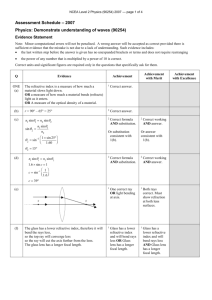82KB - NZQA
advertisement
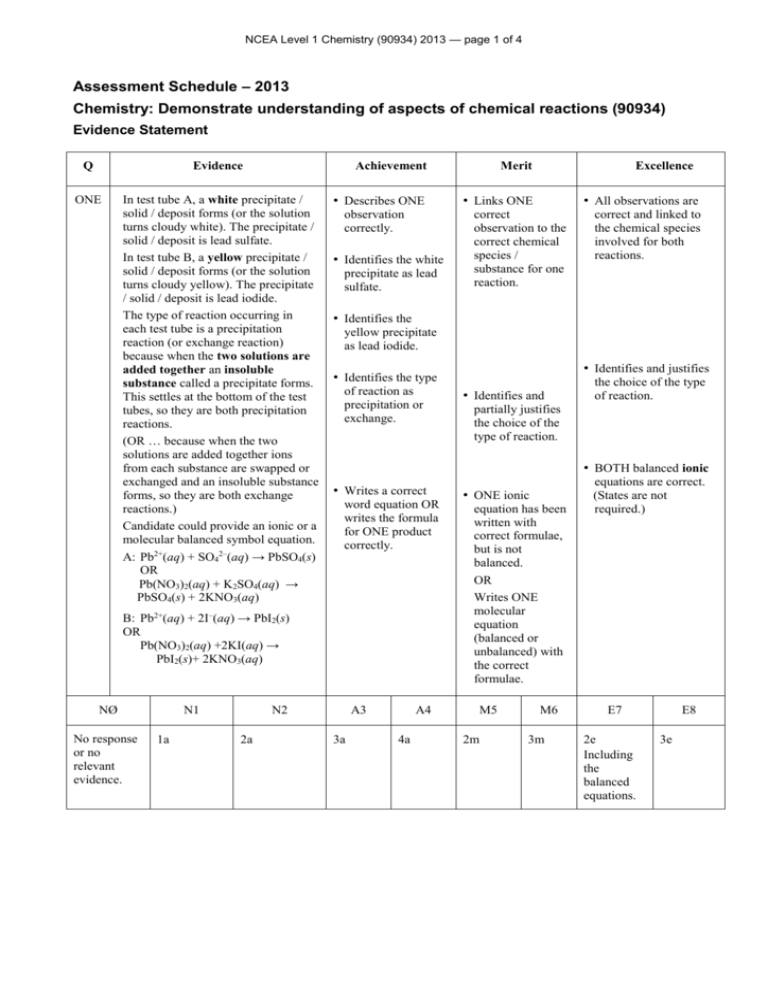
NCEA Level 1 Chemistry (90934) 2013 — page 1 of 4 Assessment Schedule – 2013 Chemistry: Demonstrate understanding of aspects of chemical reactions (90934) Evidence Statement Q Evidence ONE In test tube A, a white precipitate / solid / deposit forms (or the solution turns cloudy white). The precipitate / solid / deposit is lead sulfate. In test tube B, a yellow precipitate / solid / deposit forms (or the solution turns cloudy yellow). The precipitate / solid / deposit is lead iodide. The type of reaction occurring in each test tube is a precipitation reaction (or exchange reaction) because when the two solutions are added together an insoluble substance called a precipitate forms. This settles at the bottom of the test tubes, so they are both precipitation reactions. (OR … because when the two solutions are added together ions from each substance are swapped or exchanged and an insoluble substance forms, so they are both exchange reactions.) Candidate could provide an ionic or a molecular balanced symbol equation. A: Pb2+(aq) + SO42–(aq) → PbSO4(s) OR Pb(NO3)2(aq) + K2SO4(aq) → PbSO4(s) + 2KNO3(aq) Achievement Merit • Describes ONE • Links ONE observation correctly. • Identifies the white precipitate as lead sulfate. No response or no relevant evidence. N1 1a correct and linked to the chemical species involved for both reactions. yellow precipitate as lead iodide. • Identifies and justifies • Identifies the type of reaction as precipitation or exchange. • Identifies and the choice of the type of reaction. partially justifies the choice of the type of reaction. • BOTH balanced ionic • Writes a correct word equation OR writes the formula for ONE product correctly. N2 2a • All observations are correct observation to the correct chemical species / substance for one reaction. • Identifies the B: Pb2+(aq) + 2I–(aq) → PbI2(s) OR Pb(NO3)2(aq) +2KI(aq) → PbI2(s)+ 2KNO3(aq) NØ Excellence A3 3a A4 4a • ONE ionic equation has been written with correct formulae, but is not balanced. OR Writes ONE molecular equation (balanced or unbalanced) with the correct formulae. M5 2m M6 3m equations are correct. (States are not required.) E7 2e Including the balanced equations. E8 3e NCEA Level 1 Chemistry (90934) 2013 — page 2 of 4 Q Evidence TWO When white calcium carbonate solid, CaCO3, is strongly heated it releases a colourless gas, carbon dioxide, CO2, and forms another white solid calcium oxide, CaO. CaCO3(s) → CaO(s) + CO2(g) When white calcium hydroxide solid, Ca(OH)2, is strongly heated it releases a colourless gas, water, H2O, and also forms the white solid calcium oxide, CaO. Ca(OH)2(s) → CaO(s) + H2O(g) Comparisons: Both calcium carbonate and calcium hydroxide are undergoing thermal decomposition since a solid is decomposing to form more than one substance when heated. Both are white solids and when strongly heated, they both form another white solid, calcium oxide. During heating, both of the solids break up because gas escapes from them. Contrast: The difference in these reactions is in the gases released. Calcium carbonate releases carbon dioxide, so a loop of limewater (calcium hydroxide in solution) will turn milky (or cloudy white) when held in the gas / carbon dioxide will extinguish a burning splint. Calcium hydroxide releases steam or water as a gas / vapour. A piece of cobalt chloride paper held in this gas will turn from blue to pink. NØ No response or no relevant evidence. N1 1a Achievement Merit • Describes ONE • Links ONE observation correctly. • ALL observations are observation to the correct chemical species / substance for one reaction. • Identifies the type of reaction as thermal decomposition. • Identifies and partially justifies the choice of the type of reaction. linked to the chemical species involved for both reactions. • Identifies and justifies the choice of the type of reaction. • Describes a test for one of the products. • Explains how one • Writes a word equation OR writes the correct formulae for the reactant or the products for ONE reaction. gaseous product can be identified. • Compares or contrasts the two reactions. • Writes ONE symbol equation (balanced or unbalanced) with the correct formulae. N2 2a Excellence A3 3a A4 4a M5 3m M6 4m • Explains how both gaseous products can be identified. • Compares and contrasts the two reactions. • Writes BOTH balanced equations. (States are not required.) E7 3e Including both balanced equations. E8 4e NCEA Level 1 Chemistry (90934) 2013 — page 3 of 4 Q THREE (a) (b)(i) (ii) (c) (d) Evidence Shiny grey metal sodium reacts with yellow / green chlorine gas to form white crystals of sodium chloride. Sulfur dichloride or disulfur dichloride or sulfur chloride. This is a combination reaction because two elements, sulfur and chlorine combine to form a new substance / compound, (di)sulfur dichloride. 2Na(s) + Cl2(g) → 2NaCl(s) S(s) + Cl2(g) → SCl2(s) or 2S(s) (or S2 (s)) + Cl2(g) → S2Cl2(g) Sodium is a metal element and when it reacts with chlorine gas, both elements form ions. Each sodium atom loses 1 electron to each chlorine atom / each chlorine atom gains 1 electron. Sodium ions and chloride ions combine to form the (ionic) compound sodium chloride, NaCl. Sulfur is a non-metal element and when it reacts with chlorine gas, electrons are shared. Sulfur and chlorine atoms combine to form the (covalent) compound sulfur dichloride, SCl2. NØ No response or no relevant evidence. Achievement N1 1a • Links ONE Excellence • Links ALL observation to correct reactant or product. observations to correct reactants and product. • Identifies product as sulfur dichloride / disulfur dichloride / sulfur chloride • Identifies the type of reaction as combination. • Writes a correct word equation OR writes the correct formulae for the reactants OR the product of ONE reaction. • Identifies the type of electron transfer for ONE reaction. N2 2a Merit A3 3a A4 4a • Identifies and partially justifies the choice of the type of reaction. • Writes ONE • Explains ONE reaction in terms of electron transfer. 3m the choice of the type of reaction. • Writes BOTH symbol equation (balanced or unbalanced) with the correct formulae. M5 • Identifies and justifies M6 4m balanced equations. (States are not required.) • Explains BOTH reactions in terms of electron transfer (or lack thereof). E7 2e Including the balanced equations. E8 3e NCEA Level 1 Chemistry (90934) 2013 — page 4 of 4 Q Evidence FOUR (a) (b) Achievement Zn Mg Cu Pb Cu(NO3)2 Pb(NO3)2 For example: In the reaction between magnesium metal and copper nitrate solution, the grey magnesium metal would (slowly) disappear and an orange / brown deposit / solid / precipitate of copper would form. The blue copper nitrate solution’s colour would fade to colourless as magnesium ions displace the blue copper ions from the solution resulting in a magnesium nitrate solution. Since the magnesium has displaced the copper ions (copper in solution) from the solution, this is a displacement reaction (redox). Balanced equation: Either Mg(s) + Cu2+(aq) → Cu(s) + Mg2+(aq) Mg(s) + Cu(NO3)2(aq) → Cu(s) + Mg(NO3)2(aq) (c) Zinc, copper and lead do not react with magnesium nitrate because magnesium is higher on the activity series, so is more reactive than the other metals. Therefore none of zinc, copper, or lead can displace magnesium ions from solution, so no reaction will occur. Merit Excellence • Completes the table correctly. • Observations are linked • Links ONE • Describes ONE observation correctly. • Identifies reaction as displacement / redox reaction. • Writes a correct word equation OR writes the correct formulae for the reactants or the products of ONE reaction OR writes two balanced half equations. • Identifies Mg as more reactive than any one of Zn, Cu and Pb. to the chemical species involved for the selected reaction for one reactant and one product. observation to the correct chemical species / substance for the selected reaction. • Identifies and • Identifies and justifies partially justifies the choice of the type of reaction. • Writes the choice of the type of reaction. • Writes a balanced unbalanced molecular / ionic equation with the correct formulae. equation. (States are not required.) • Explains why Zn, Cu and Pb do not react with Mg(NO3)2 solution. NØ N1 N2 A3 A4 M5 M6 E7 E8 No response or no relevant evidence. 1a 2a 3a 4a 3m 4m 2e Including the balanced equation. 3e Judgement Statement Score range Not Achieved Achievement Achievement with Merit Achievement with Excellence 0 – 10 11 – 19 20 – 25 26 – 32
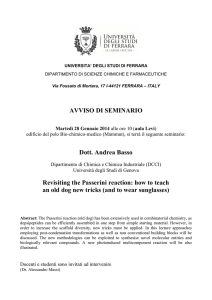
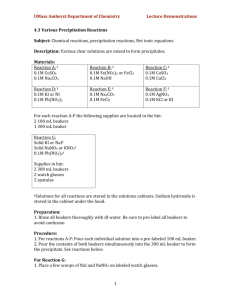
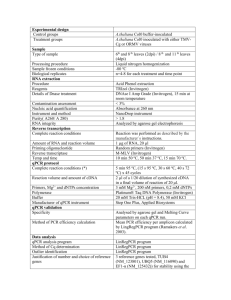
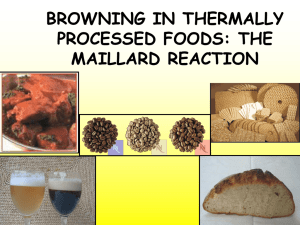
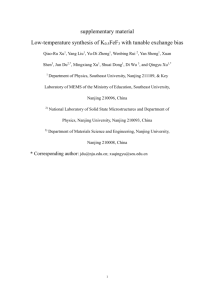
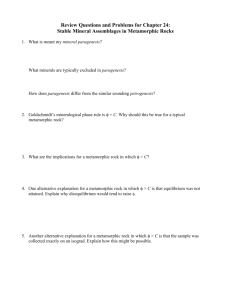


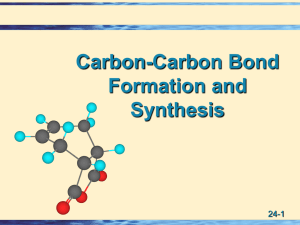
![[A] t - Dr. Agus Setiabudi, M.Si.](http://s2.studylib.net/store/data/005634279_1-eed3e2d8492eb37cb8d8ed06da0883dc-300x300.png)
